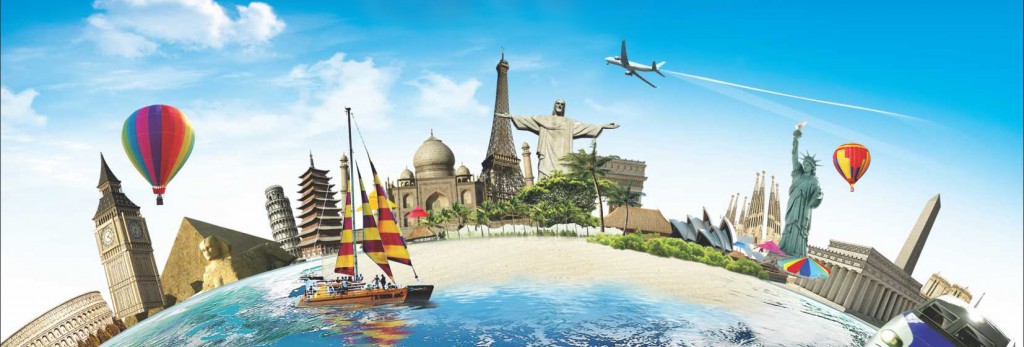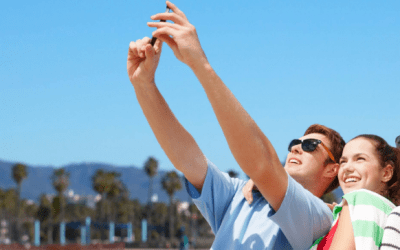In today’s digital era, social networks have become an indispensable tool for the tourism sector. Not only do they serve as communication and information channels, but they also play a crucial role in promoting and creating the image of tourism destinations. Social media presence is essential for Destination Marketing Organizations (DMOs), as it significantly influences tourists’ travel decisions. Discover in our blog post the most significant inisghts of this report or download it in full below. Let’s get started!
Behavior and Preferences of Today’s Travelers
Contemporary travelers are characterized by their access to a wide range of information and their ability to handle it quickly and fluidly. They are demanding and make informed decisions, contrasting information and searching for the best options and destinations available. They are also innovative and constantly on the lookout for new experiences, demonstrating a predisposition to change their travel plans according to their mood or emotions.
Social media plays a key role in the modern traveler’s decision-making process. From seeking inspiration and recommendations to validating decisions through social interactions, digital platforms have completely transformed the way travel is planned and executed. Travelers rely on social media for authentic information and real-world experiences from other users, which significantly influences their travel decisions.
Social Media Marketing
Successful tourism destinations are those that know how to take full advantage of the potential of social networks. Strategies such as advertising campaigns, collaborations with influencers, storytelling and user-generated content are effective tools to promote an attractive and credible image of the destination. Cultural adaptation of messages and inclusion of diversity in campaigns are key to connecting with a socially conscious audience.
Social media content encompasses a wide variety of formats, from immersive 360º videos and virtual reality to destination-related memes and short humorous videos. This content not only generates engagement with users, but also allows them to virtually explore and experience a destination before making a travel decision.
User-generated content is an invaluable tool for tourism organizations, as it conveys authenticity and trustworthiness. Travelers rely on the recommendations and experiences of other users when planning their trips, making UGC a powerful marketing tool. Although it does not directly impact sales, UGC improves brand perception and strengthens customer loyalty.

Key platforms
Instagram and TikTok are key platforms in the digital strategy of tourism destinations. While Instagram remains the platform of choice, TikTok is emerging as an important asset, offering opportunities to build communities and reach new markets. Adapting the content strategy to the characteristics and trends of each platform is critical to maximize the impact and reach of the destination’s message.
Best Practices for Social Media Management
Effective social media management requires planning, consistency and continuous monitoring. It is crucial to maintain a constant social media presence and adapt to emerging trends to stay relevant to an ever-evolving audience. Collaborating with influencers and promoting key content are effective strategies to increase audience reach and engagement.
Conclusions
In summary, effective use of social media and content strategies can make all the difference for tourism destinations in an increasingly competitive marketplace. By maximizing the potential of social media, tourism organizations can attract and retain modern travelers, building a strong brand and loyal fan base in the process.
If you want to learn more and explore the full report on the use of social media and content strategies in the tourism sector, download the report here.






